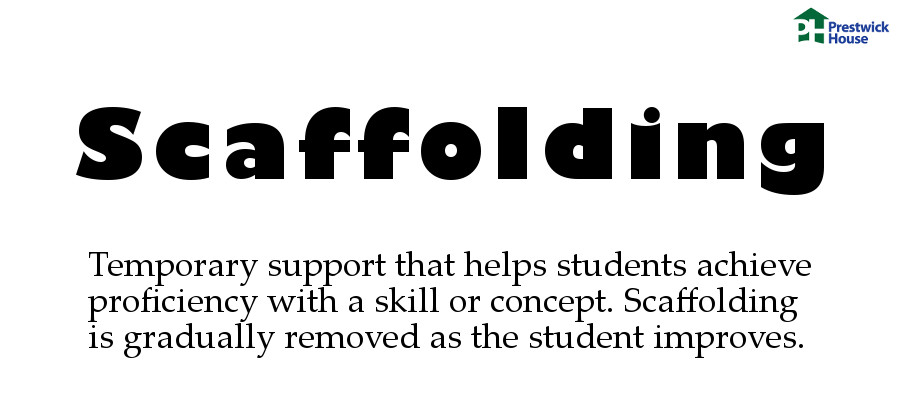What is scaffolding?
Scaffolding is the support you give your students as they learn new skills and/or concepts. As their skills improve and mature, you gradually remove the supports until they're confident enough to use these skills and/or concepts without any help.
Essentially, scaffolding is exactly what it sounds like: a temporary structure that makes the process of learning a bit easier for students. It's like training wheels on a bicycle—once you master the mechanics of pedaling and stopping, you take the training wheels off and work on your balance.
There are many types of scaffolding.
Because scaffolding is a fairly broad term, it can take many forms. These forms include:
- Teaching vocabulary words before reading a text that includes those words
- Breaking a complex task into smaller, more manageable pieces
- Using texts with annotations
- Teaching students about Shakespeare's writing style and complex sentence construction before reading one of his works
- For older texts, using a book that presents a modernized version of the text right next to the original
- Giving students a model to follow—especially helpful for complex writing assignments
There are many, many ways to use scaffolding in your classroom, so your favorite method might not be listed here. If there's a method you want to tell us about, send us an email and we'll add it to this post and credit you.
